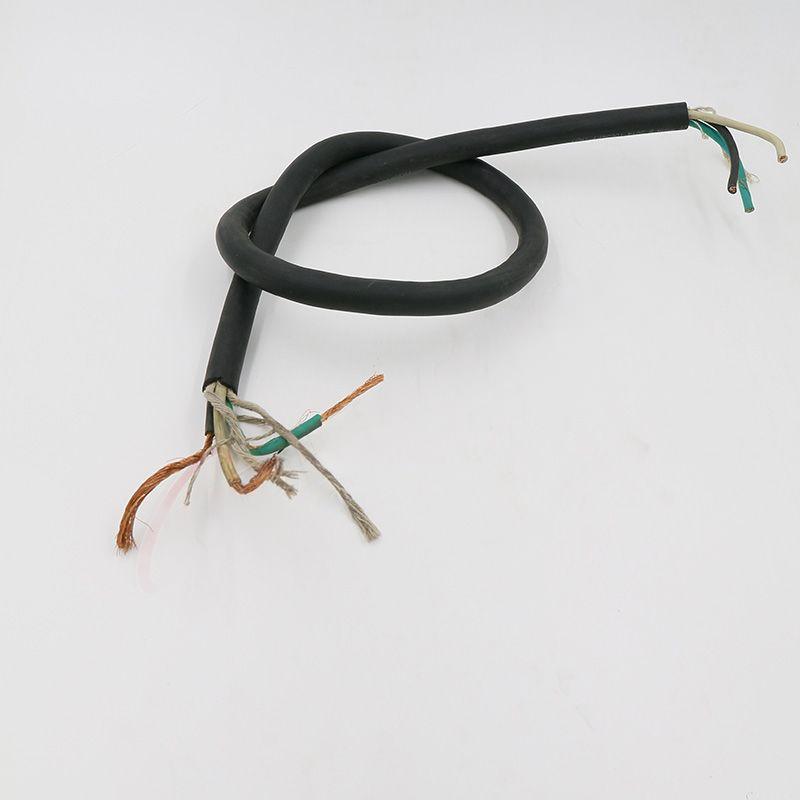10 月 . 19, 2024 04:59 Back to list
air release valve
Understanding Air Release Valves Importance and Functionality
Air release valves play a crucial role in a variety of hydraulic systems, particularly in water supply and wastewater management applications. These valves are essential for maintaining the efficiency and safety of fluid transport systems by managing the release of trapped air, thereby preventing potential issues that could arise from air accumulation.
The main function of an air release valve is to release air that can accumulate in a pipeline. When liquids are transported through pipelines, air often gets trapped due to change in elevation, pressure fluctuations, or other factors. If not adequately managed, this trapped air can create gas pockets that lead to hammering effects, reduced flow efficiency, and even damage to pumps and other machinery. Air release valves are designed to automatically discharge this trapped air, ensuring a smooth and uninterrupted flow of fluids.
A typical air release valve consists of a body, a float mechanism, and a seat. When air accumulates in the pipeline, it rises to the top and causes the float to lift. As the float rises, it opens the valve, allowing the trapped air to escape. Once the air is released, the float drops back down, sealing the valve to prevent the loss of liquid. This operation is crucial in ensuring that the system remains pressurized and functional.
air release valve

In addition to preventing pressure build-up, air release valves also help in reducing the risk of atmospheric pollution. Systems that transport wastewater can release harmful gases if air is not properly managed. By effectively releasing air, these valves help minimize the risk of releasing unpleasant odors and harmful gases into the environment.
Furthermore, air release valves are not merely important in wastewater systems; they are equally vital in irrigation, fire protection systems, and even industrial processes where liquids are transferred. Different types of air release valves are available, including combination air valves that can also let in air under vacuum conditions. The choice of valve depends on the specific application needs, including pipe size, pressure conditions, and the nature of the fluids being transported.
In conclusion, air release valves are small yet significant components of fluid transport systems. Their role in maintaining pressure and preventing damage cannot be overstated. Regular monitoring and maintenance of these valves are essential to ensure the long-term efficiency and safety of any hydraulic system. By understanding their functionality and importance, engineers and operators can better design and maintain systems that rely on fluid transportation, leading to improved performance and sustainability.
Share
-
Understanding the Differences Between Wafer Type Butterfly Valve and Lugged Butterfly ValveNewsOct.25,2024
-
The Efficiency of Wafer Type Butterfly Valve and Lugged Butterfly ValveNewsOct.25,2024
-
The Ultimate Guide to Industrial Swing Check Valve: Performance, Installation, and MaintenanceNewsOct.25,2024
-
Superior Performance with Industrial Swing Check Valve: The Essential Valve for Any SystemNewsOct.25,2024
-
Industrial Swing Check Valve: The Ideal Solution for Flow ControlNewsOct.25,2024
-
You Need to Know About Industrial Swing Check Valve: Functionality, Scope, and PerformanceNewsOct.25,2024